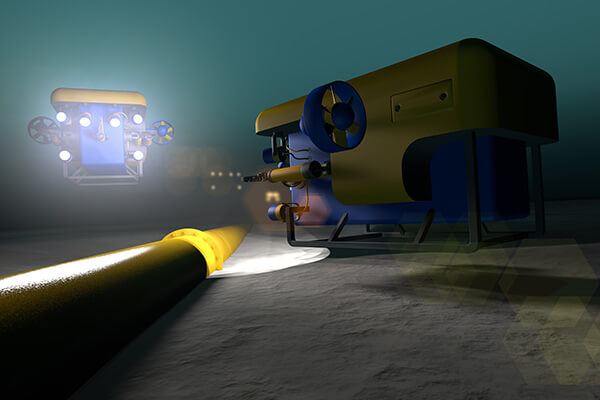
Carbon dioxide (CO₂) emissions from large stationary point sources such as industrial plants can be strongly reduced by CO₂ capture and storage in deep geological formations. A large share of the storage capacity for CO₂ in Europe is located in sandstone formations below the North Sea. Even though potential storage formations in the German Exclusive Economic Zone (EEZ) are only partly explored, the available estimations suggest that CO₂ emissions of German industries can be substantially reduced by capturing and storing CO₂ below the seabed within the German North Sea sector.
Against this background, GEOSTOR aims to find prospective areas for CO₂ storage and design a roadmap for the implementation of CO₂ storage within the German North Sea. To achieve these aims, GEOSTOR will reassess static CO₂ storage capacities for the entire German North Sea, quantify dynamic storage capacities for two selected sites, study potential leakage pathways and mechanisms, assess potential environmental impacts during various project development stages, e.g. of seismic noise on marine mammals, and develop a new passive seismic system for the environmentally sound monitoring of storage formations. Further, GEOSTOR will assess potential interactions of CO₂ storage operations with other uses and functions of the North Sea area with respect to environmental, technical, legal and economic aspects and derive approaches for resolving potential conflicts.

